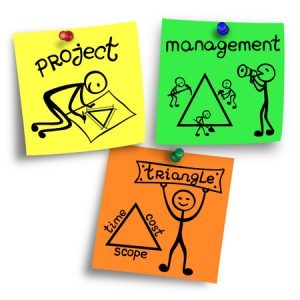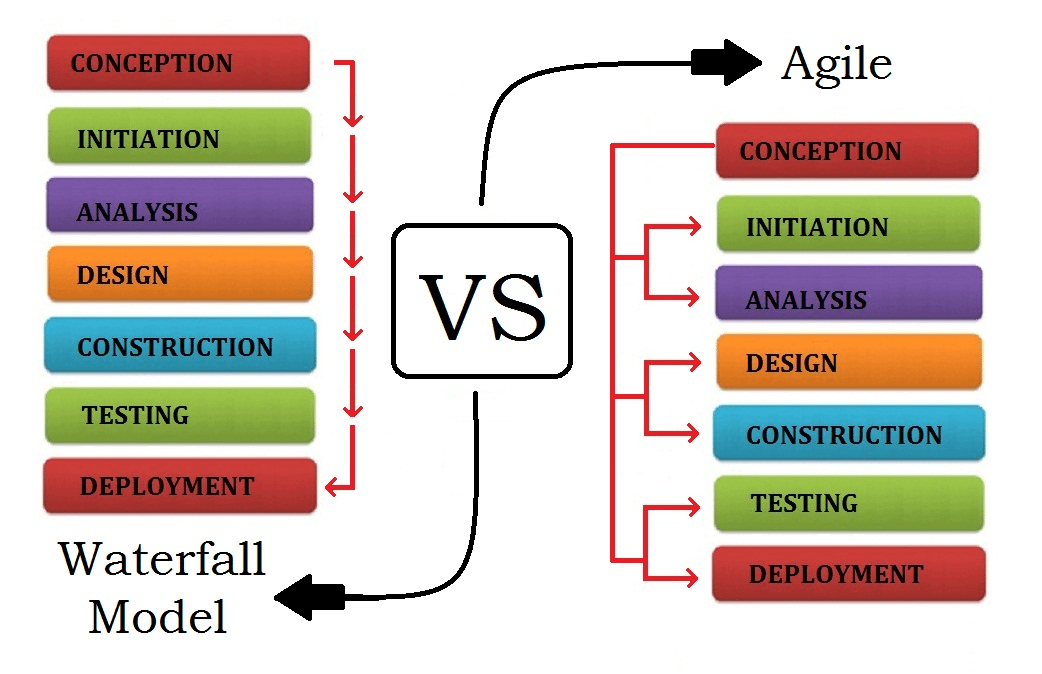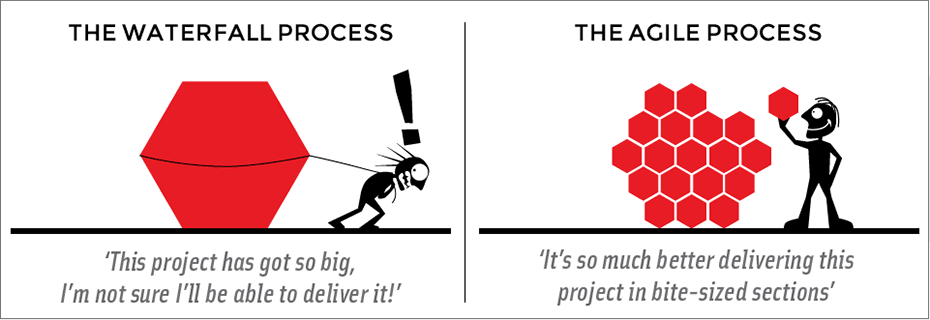A project involves devoting effort, capital and human resources to achieve the satisfactory results expected. Early detection of the project not being carried out as well as desired is essential, it is imperative to take steps to improve the measures and its development in order to avoid any unnecessary costs.
In order to improve the management efficiency and detecting problems earlier, or even before they occur, it is essential to have a specialized project management software. Thus, in a simple and economical manner, improving the efficiency of your work an reducing your costs.
There are signs that allow for early detection if a project is not developing properly. In this article we discuss some of them.
1.- Spending too much time solving problems
 Obviously, one of the most fundamental tasks of the project manager is to resolve project issues as they arise.
Obviously, one of the most fundamental tasks of the project manager is to resolve project issues as they arise.
However, the best project managers are not the ones that solves problems, but who best avoids problems.
Anticipation is an essential characteristic of a project Manager and is related to their ability to predict the risks that may occur during the execution of a project, the impact the risks can have on it, and their occurrence.
Stopping the progress of a project because there has been a problem which needs the project manager to provide a solution. This leads to a delay in the delivery of the project and requires additional effort. This can be avoided if the project has been redirected so that the problem is avoided or there is a quicker solution to the problem which has been planned prior to implementing the project, avoiding improvisation at the time of submission.
Articles related to Project Management
5 tips to Juggle Multiple Projects – and keep your sanity!
Ethics and standards of conduct in managing projects
The Strategic Planning in Development Projects
2.- Customers constantly ask for results
A customer who fully trusts you asks not for project results, but trusts that you perform the management of the project in the most appropriate way.
However, since the customer is primarily interested in the project achieving the expected results, it is reasonable for him to ask to be adequately informed of the development and implementation of the project.
Therefore, planning should include checkpoints at which the customer is informed of the results achieved so far, so he can see for himself that project management is still appropriate.
You can also use cloud resources for sharing real-time updates on the progress of the project. This way, the customers can see for themselves at any time how the project is developing.
If you do not use these resources, you can resort to more traditional methods, such as making periodic meetings. In this case you must be careful with the frequency and duration of the meetings, seeking to improve the efficiency and utilization of both your teams work time and your customer’s time.
Transparency generates trust between the project manager and the customer that will be beneficial for both parties.
3.- Workers spend too many hours
If the project is properly planned, employees should only be actively working in the allocated work time that has been planned prior to the implantation of the project, neither more nor less.
If less time than expected is used to execute the tasks, this could mean that the quantity or complexity is insufficient, therefore you should review the relevant work of each of the team members or assign any member of that team to another project.
However, if the opposite happens, it means that workers are overworked. This has negative consequences in both the short and long term.
In the short term, this will mean that tasks cannot be developed at the satisfactory level required.
In the long run, the employees will most likely end up burned out from being overworked, which will decrease productivity and, above all, creativity.
If there is a specific need, you can and should ask the team members to make an extra effort, but this should not be the norm. If so, project planning has been inadequate and must be reviewed.
It should also influence the work methodologies. It is possible that the workload is correct but the way to do it is not optimal.
4.- Too many changes to the project
If customers constantly demand more changes and this prevents you from staying on course for the project, it means that there is a planning problem.
In these cases, the most convenient way to deal with this would be to meet with the customers and talk to them about what they believe the purpose and scope for the project is. Once everything is clarified, the project should go ahead.
Proceeding aimlessly with the project, is a waste of resources and effort and will in turn decrease confidence that employees have in you.
Rethinking the project with the customers will allow you to plan it properly and find the solution together that is most satisfactory.
See all the advantages to using ITM platform by viewing a free demo!
Top 5 most read blogs on ITM Platform:
The Monte Carlo Method in Project Management
Three disastrous project management failures
The project in the face of adversity: what should a project manager do?
What is the Virtual Sock Management or Periodical Online Management?
Nicholas Taylor
ITM Platform

 Customer acquisition & sales funnel, inbound/outbound lead, MQL, SQL and more
Customer acquisition & sales funnel, inbound/outbound lead, MQL, SQL and more As quoted in the PMBOK, project scope is the portion of project planning that requires determining “the work that needs to be accomplished to deliver a product, service, or result with the specified features and functions.” Scope Management consists of 3 different processes: planning, controlling and closing. To understand how to successfully manage scope, you must have a detailed understanding of these 3 facets:
As quoted in the PMBOK, project scope is the portion of project planning that requires determining “the work that needs to be accomplished to deliver a product, service, or result with the specified features and functions.” Scope Management consists of 3 different processes: planning, controlling and closing. To understand how to successfully manage scope, you must have a detailed understanding of these 3 facets:





